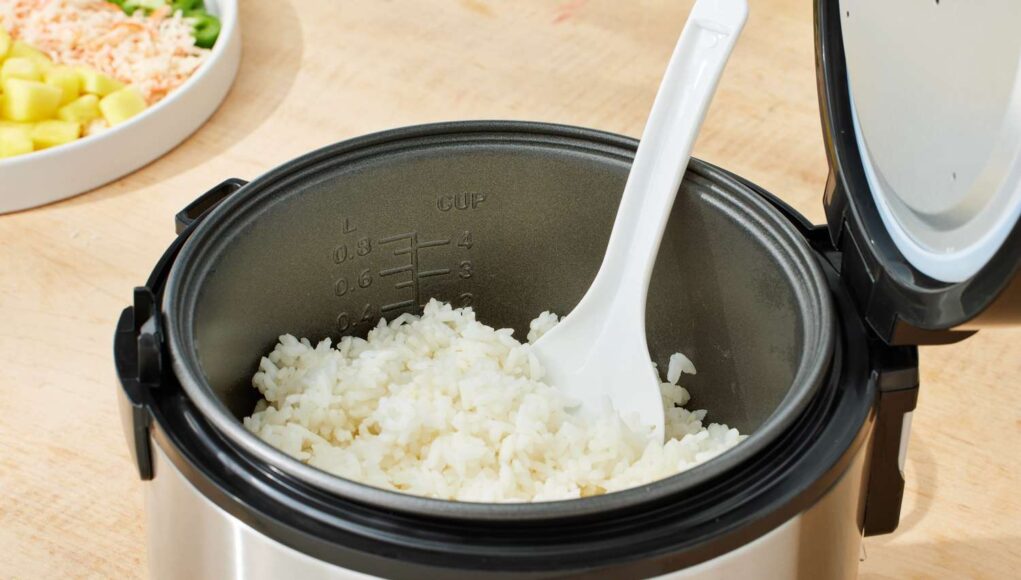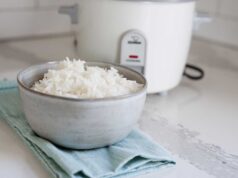If youve ever wondered how to cook noodles in rice cooker, youre not alone. This highly versatile kitchen appliance is commonly used for rice, but did you know that it can also handle a variety of other delicious recipes, including noodles? Perfect for students, busy professionals, or home chefs looking for a quick yet satisfying meal, cooking noodles in a rice cooker is not only convenient but also incredibly easy.
In this detailed guide, well walk you through the step-by-step process of making noodles in a rice cooker. Well also answer some common questions, provide kitchen tips, and suggest cookware and cleaners to make your cooking experience seamless.

Why Cook Noodles in a Rice Cooker?
Before we jump into the recipe, lets discuss why you would use a rice cooker to cook noodles in the first place. A rice cooker is one of the most versatile kitchen appliances ever invented. It is compact, energy-efficient, and cooks food evenly. More importantly, it minimizes the need for babysitting your food while it cooks. Cooking noodles in a rice cooker is especially useful when your stovetop is occupied or unavailable.
Ingredients Youll Need
The ingredient list can vary depending on the type of noodles youre preparing. However, heres a basic list of ingredients:
- 200 grams of dried noodles (spaghetti, ramen, or egg noodles)
- 4 cups of water
- Salt (to taste)
- 1 tablespoon of cooking oil or sesame oil
- Diced vegetables (carrots, bell peppers, or broccoli)
- Protein of choice (chicken, tofu, or shrimp)
- Soy sauce or teriyaki sauce (optional)
Essential Tools
To make your cooking process efficient, make sure you have the following tools:
- A rice cooker
- Knife for chopping vegetables
- Cutting board for preparing ingredients
Step-by-Step Cooking Instructions
Step 1: Prep Your Ingredients
Start by gathering and prepping all your ingredients. Chop your vegetables and protein into bite-sized pieces using a sharp knife and a sturdy cutting board. Keep all prepped items separate for easier cooking.
Step 2: Add Ingredients to the Rice Cooker
Begin by pouring 4 cups of water into your rice cooker. Add a pinch of salt and a tablespoon of oil to prevent the noodles from sticking together. Once the water heats up, add your dried noodles, making sure they are fully submerged.
Step 3: Set the Cooking Time
Select the cook setting on your rice cooker. If your rice cooker has a timer, set it based on the noodles cooking instructions (usually 7-12 minutes). Keep an eye on the cooker if it doesnt have an auto-shutoff feature.
Step 4: Add Vegetables and Protein
Once the noodles are halfway done, toss in your diced vegetables and protein. Stir occasionally using a heat-resistant spoon. Adding these ingredients midway ensures they cook through but dont turn mushy.
Step 5: Season and Serve
After the cooking cycle is complete, add your preferred seasonings like soy sauce, teriyaki sauce, or even a dollop of chili garlic paste for some heat. Stir well, serve hot, and enjoy!
Frequently Asked Questions
Can I Use Any Type of Noodles?
Yes, you can cook most types of noodles in a rice cooker, including spaghetti, ramen, and rice noodles. However, cooking times may vary, so always check the packaging for guidance.
Should I Cover the Rice Cooker Lid?
Yes, covering the lid will help maintain heat and cook the noodles evenly. However, if your pot begins to boil over, slightly open the lid to let steam escape.
How Do I Clean My Rice Cooker After Cooking Noodles?
Once your rice cooker has cooled, clean it thoroughly with a cookware cleaner to remove any oil or food residue. You can also use some cutting board oil to maintain your cutting board.

Conclusion
Cooking noodles in a rice cooker is as easy as it gets. With just a few basic ingredients and tools, you can whip up a delicious and wholesome meal in no time. The best part? You dont need to hover over your stove, making it an excellent option for multitaskers. If youre looking for more unique recipes you can make with your rice cooker, dont forget to check out these rice cooker recipes for inspiration.
This article contains affiliate links. We may earn a commission at no extra cost to you.











